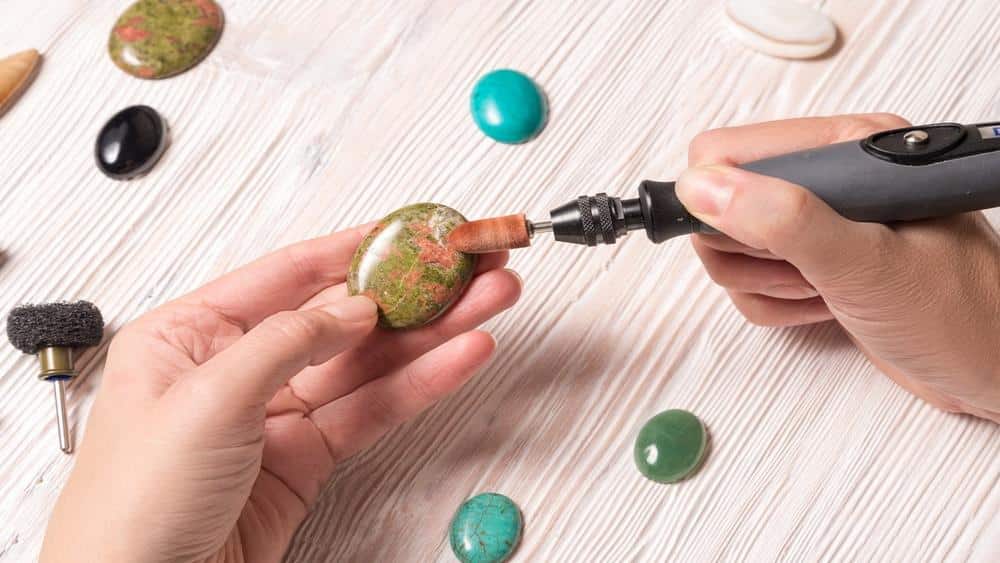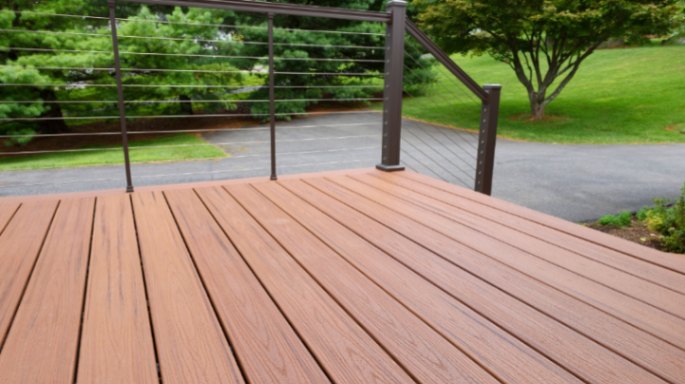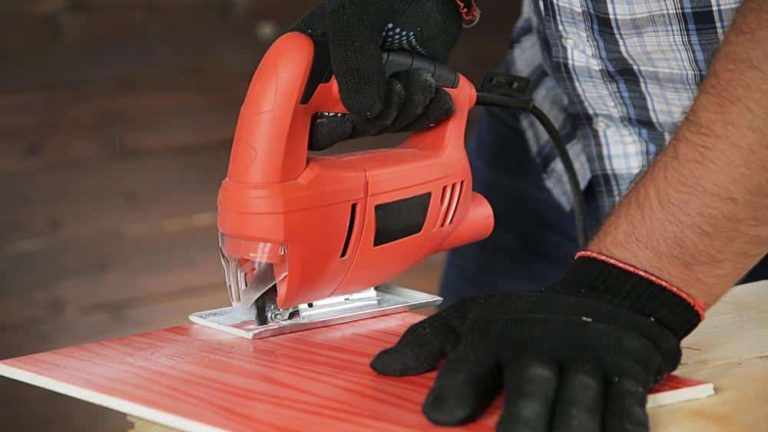This comprehensive guide will explore How Do You Use Dremel Polishing Compound effectively. Designed for enthusiasts and professionals, this article serves as a practical resource for anyone looking to achieve a high-quality finish on various materials. We’ll cover everything from the basic composition of the compound to advanced polishing techniques. This includes preparing for your project, step-by-step instructions on application, tips for achieving a professional finish, and best practices for maintaining and storing your tools. Additionally, we’ll address common issues you might encounter and provide solutions to ensure your polishing projects are successful. By the end of this article, you’ll be equipped with the knowledge and skills to use Dremel Polishing Compound like a pro, enhancing the appearance of metal plastics more quickly and precisely.
Introduction to Dremel Polishing Compound
Dremel Polishing Compound is a special product that shines and brightens metals and plastics. It’s like a magic paste that makes surfaces look new and shiny. You can polish different items quickly when you use it with a Dremel tool, a handy rotating device. This compound is excellent for beginners and those who regularly work on polishing projects. It’s safe, easy to use, and works well on various materials. Whether fixing up an old piece of jewelry or making a plastic model look better, this compound helps you achieve a professional-looking finish.
Understanding the Basics
Composition and Properties
The Dremel Polishing Compound is a unique blend that adds shine to various surfaces. It’s like a soft paste, easy to spread and work with. This compound is special because it’s made to be effective yet gentle enough not to harm the surfaces. It works like a charm on metals and plastics, making them look polished and new. The compound is also safe to handle, so you don’t have to worry about harsh chemicals.
Ideal Applications
This polishing compound is perfect for a range of projects. This compound works great if you have jewelry, kitchen utensils, car parts, or even plastic models that need a refreshed look. It’s convenient for DIY projects where you want to restore or enhance the appearance of objects. Whether it’s a hobby project or a repair task, the Dremel Polishing Compound can help bring back the shine to almost any item made of metal or plastic. Just remember, it’s not for very rough surfaces or to remove deep scratches but for giving a final, smooth finish.
Preparing for Polishing
Selecting the Right Tools
Choosing the correct tools is essential before starting with the Dremel Polishing Compound. You’ll need a Dremel rotary tool, like a small, handheld spinning device. Attach either a felt polishing bit or a nylon brush to the rotary tool for polishing. These attachments are designed to work with the compound and help you polish smoothly. Remember, the right tool makes the job easier and gives better results.
Safety Precautions
Safety is critical when working with power tools and polishing compounds. Here are some simple safety tips:
- Wear Protective Gear: Wear safety goggles to protect your eyes from flying debris. Gloves are also a good idea to keep your hands safe.
- Work in a Well-Ventilated Area: Polishing can create fine dust, so ensure you’re in a well-ventilated space or use a dust extractor.
- Read the Instructions: Before using your Dremel tool or the polishing compound, carefully read the manufacturer’s instructions.
- Secure Your Workpiece: Ensure the item you are polishing is securely fastened. This prevents it from slipping and causing accidents.
- Be Mindful of the Tool’s Speed: Start with a lower speed and gradually increase as needed. High speeds can sometimes burn the material or cause the compound to spread unevenly.
By following these steps, you’ll be well-prepared to start polishing with your Dremel Polishing Compound, ensuring a safe and efficient process.

Step-by-Step Application Guide
Initial Application
Using the Dremel Polishing Compound is easy once you know how. Here’s how to start:
- Prepare the Area: First, clean the item you want to polish. Make sure the area is free of dirt and grease.
- Apply the Compound: Take a small amount of the Dremel Polishing Compound and apply it to the surface you want to polish. You can use a felt cloth for this. Remember, a little goes a long way, so use it sparingly.
- Attach the Right Bit to Your Dremel Tool: Choose a felt polishing bit or a nylon brush and attach it to your Dremel rotary tool.
Polishing Techniques
Now, let’s polish!
- Start Your Dremel Tool: Turn on the Dremel tool. Begin with a lower speed and gradually increase it as needed.
- Polish in a Circular Motion: Gently move the tool over the compound in small, circular motions. This helps spread the compound evenly and polishes the surface.
- Apply Even Pressure: Keep a steady hand and apply even pressure as you move the tool. Don’t press too hard – let the tool do the work.
- Check Your Progress: Stop occasionally to check how the surface is looking. If needed, apply more compound and continue polishing.
- Finish Up: Once you’re happy with the shine, wipe off any excess compound with a clean cloth.
These simple steps will help you get a beautiful, polished finish on your metals and plastics using the Dremel Polishing Compound.

Advanced Tips and Tricks
Achieving a Professional Finish
To get that extra shine and professional look with your Dremel Polishing Compound, follow these tips:
- Use the Right Speed: Start polishing at a lower speed, around 5,000 RPM, and increase it slowly if needed. But remember, for the best shine, stay below 15,000 RPM.
- Apply the Right Amount: Using too little compound won’t give you the desired shine. Apply enough to cover the area but not so much that it drips off.
- Polish in Stages: Begin with a rough polish to remove any scratches or imperfections, then move to a finer polish for a smooth finish.
- Finish with a Clean Cloth: After polishing, use a clean, dry cloth to wipe off any remaining compound for a clean, sparkling finish.
Dealing with Different Materials
Different materials require slightly different approaches with the Dremel Polishing Compound:
- Metals: Metals can be polished to a high shine. Be careful not to press too hard to avoid scratching.
- Plastics: Use a gentle touch on plastics to avoid creating heat from friction, which can melt or warp the surface.
- Rocks and Semi-Precious Stones: For rocks and stones, use a felt polishing wheel and a bit more compound to get into all the crevices.
- Soft Materials: For softer materials, like aluminum, polish lightly to avoid leaving marks.
Using these advanced tips and tricks, you can achieve a professional finish on various materials with your Dremel Polishing Compound.
Maintenance and Storage
Cleaning Tools Post-Use
After you finish polishing with the Dremel Polishing Compound, cleaning your tools is essential. This helps them last longer and stay ready for the next use. Here’s how to clean them:
- Wipe the Bits and Brushes: Use a clean cloth to gently wipe any remaining compound off the polishing bits and brushes.
- Clean the Rotary Tool: If your Dremel tool has gotten messy, carefully wipe it down with a damp cloth. Make sure it’s unplugged first!
- Check for Wear: Look over your bits and brushes. If they look worn out, it might be time to replace them.
Proper Storage Methods
Storing your Dremel tool and polishing the compound correctly is vital to keeping it in good shape. Here’s what to do:
- Store the Compound Securely: Make sure the lid of the polishing compound is tightly closed. Store it in a cool, dry place.
- Organize Your Tools: Keep your Dremel tool and its accessories in a case or a shelf where they won’t get damaged. A tidy storage area means you can easily find them next time.
- Avoid Moisture: Protect your tools and compounds from water or damp areas to prevent rust or damage.
Cleaning and storing your tools properly ensures they’re always ready for your next polishing project.
Troubleshooting Common Issues
Addressing Imperfections
Sometimes, while using the Dremel Polishing Compound, you might find that the surface could be smoother than you’d like or there are still some scratches. Here’s what to do:
- Reapply the Compound: If the finish isn’t shiny enough, apply more compound and polish again.
- Use Finer Bits for Scratches: If there are scratches, switch to a finer polishing bit or use a bit of sandpaper before polishing.
- Check the Speed: If the tool is too fast, it might cause more scratches. Slow it down and see if that helps.
Adjusting Techniques
It might be time to change your technique if you need to get the desired results. Here are some tips:
- Even Pressure: Ensure you’re applying even pressure throughout the polishing process.
- Change Your Movements: If moving in circles isn’t working, try going back and forth or up and down.
- Take Breaks: Sometimes, taking a break and returning with fresh eyes can help you spot what needs to be done differently.
Remember, practice makes perfect. The more you use your Dremel Polishing Compound, the better you’ll get at figuring out what works best for different projects.
Conclusion and Additional Resources
In conclusion, using a Dremel Polishing Compound is a straightforward and effective way to bring shine and polish to various materials. Whether you’re working on metals, plastics, or even precious stones, following the proper steps can make a big difference in achieving that desired professional finish.
Remember, the key to successful polishing includes:
- understanding the compound’s properties,
- selecting the right tools,
- applying proper safety measures and
- using the correct techniques.
Remember to clean and store your tools properly after each use to keep them in good condition for future projects.
By learning and practicing, you’ll soon become adept at using the Dremel Polishing Compound for a wide range of projects, adding that perfect finishing touch to your work.






